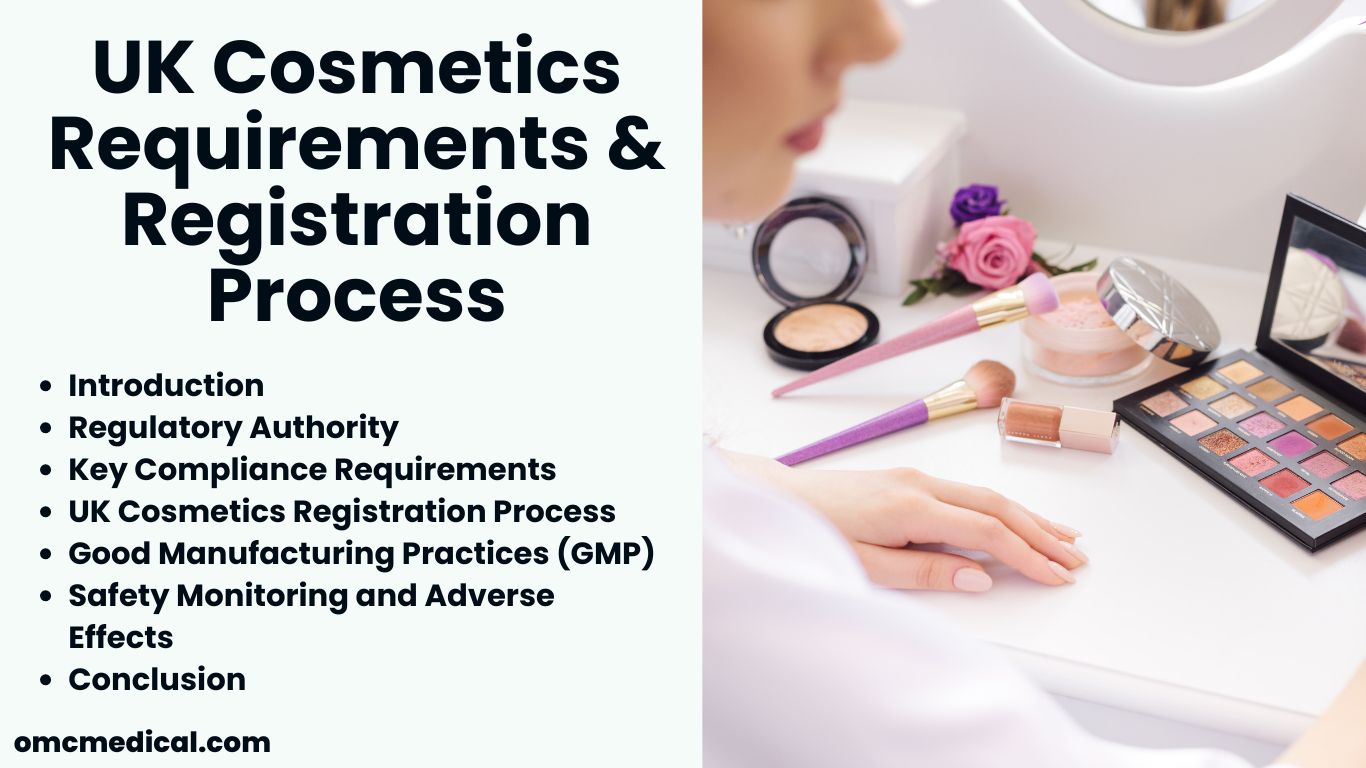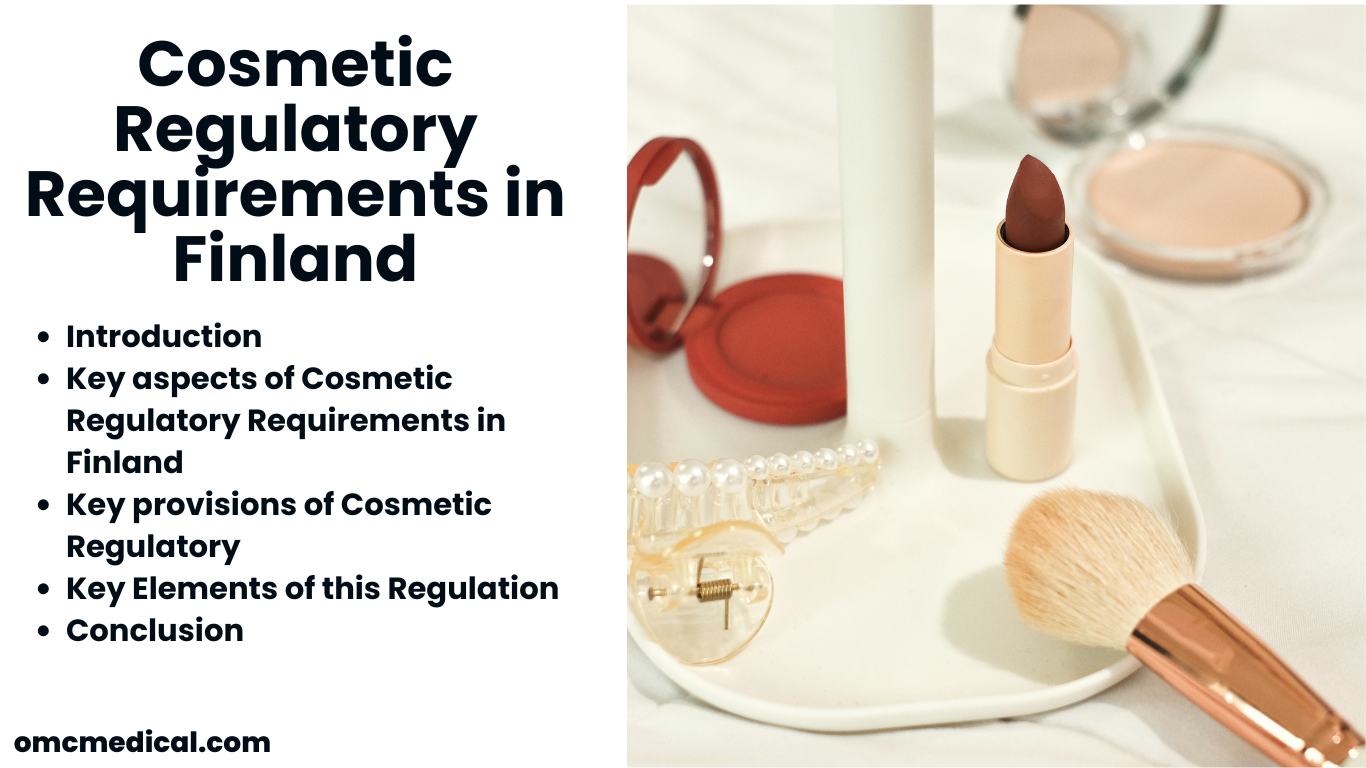In Sweden, cosmetic products are regulated primarily under the framework of the European Union (EU) legislation, specifically Regulation (EC) No 1223/2009 on cosmetic products. This regulation ensures the safety and compliance of cosmetic products across the EU member states, including Sweden.
Medical Products Agency (MPA)
In Sweden, the Medical Products Agency (MPA) or Läkemedelsverket is responsible for overseeing the regulation of cosmetic products. The MPA ensures that cosmetic products placed on the Swedish market comply with both EU regulations and any additional national requirements.
Language Requirements
The official language of Sweden is Swedish (svenska). While Swedish is mandatory for all essential information, additional languages can be used on the label to provide information to non-Swedish-speaking consumers. However, the Swedish text must always be present and must not be obscured or overshadowed by other languages.
Product Safety Assessment
Cosmetic products must undergo a safety assessment conducted by a qualified person before they can be placed on the market. This assessment ensures that the product is safe for human health when used under normal or reasonably foreseeable conditions of use.
Key provisions of the Cosmetic Regulatory Requirements in Sweden
The Regulation (EC) No 1223/2009 on cosmetic products, which came into effect on July 11, 2013, replaced the Cosmetics Directive 76/768/EEC. The main objectives of this regulation are to ensure the safety of cosmetic products and to streamline the requirements across the EU member states.
Key Elements of this Regulation
Safety Assessment
Before a cosmetic product can be placed on the market, it must undergo a safety assessment conducted by a qualified safety assessor. The safety report is part of the Product Information File (PIF).
Product Information File (PIF)
Every cosmetic product must have a Product Information File, which includes detailed information about the product, such as the safety assessment, product description, manufacturing method, proof of the effects claimed, and data on any animal testing performed.
Notification
Cosmetic products must be notified to the EU Cosmetic Products Notification Portal (CPNP) before being marketed. This centralized database is accessible to competent authorities for market surveillance and emergency purposes.
Labelling
The product label must include the name and address of the responsible person, the country of origin for imported products, the nominal content, the date of minimum durability, precautions for use, the batch number, the product’s function, and a list of ingredients.
Cosmetic Good Manufacturing Practices (GMP)
Compliance with Good Manufacturing Practices, as outlined in ISO 22716, is mandatory to ensure the quality and safety of cosmetic products.
Nanomaterials
Special provisions apply to nanomaterials used in cosmetics, including specific labelling requirements and notification to the European Commission.
Conclusion
Sweden, like other EU member states, prioritizes toto slot safety and product quality through strict adherence to Regulation (EC) No 1223/2009. The Medical Products Agency plays a crucial role in enforcing these regulations and ensuring that cosmetic products meet high standards of safety and efficacy before reaching consumers in Sweden.







